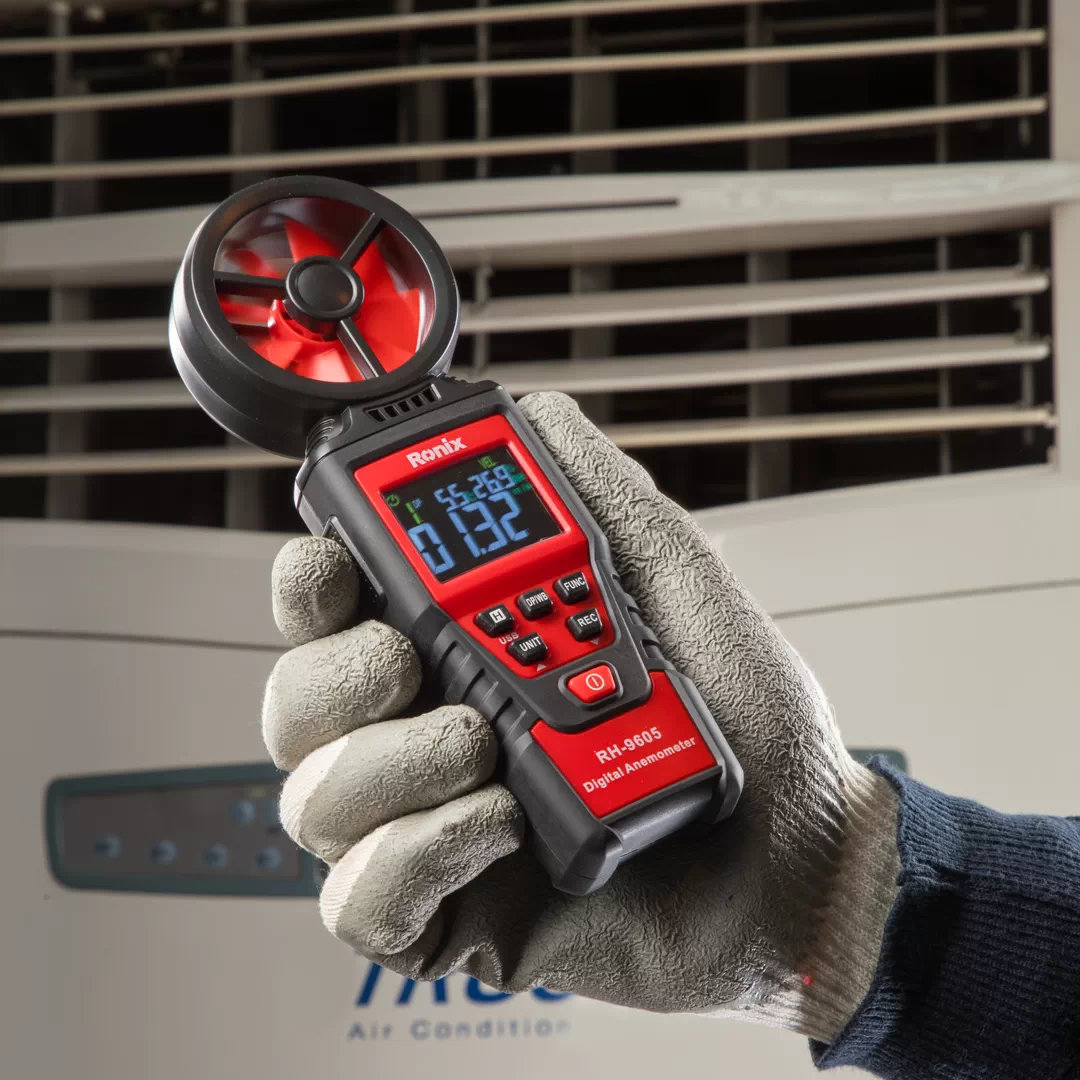Anemometers Revealed: Recognizing Their Significance in Ecological Surveillance and Precaution
The role of anemometers in ecological tracking and safety and security procedures is often underestimated, yet their value is indisputable. From weather forecasting to aviation safety and security, anemometers play a critical duty in offering precise information that informs decision-making processes and enhances general safety and security.
Background of Anemometers
The advancement of anemometers can be mapped back to the ancient worlds where simple wind gauging devices were first utilized. These very early wind measurement tools laid the structure for the advancement of much more advanced anemometers with time. Among the earliest recognized anemometers was the hemispherical cup anemometer developed by Leon Battista Alberti in the 15th century. This design contained 4 hemispherical mugs that gathered wind power, offering a measurement of its intensity based upon the speed of rotation.
In the 18th century, the renowned scientist John Thomas Romney Robinson presented the Robinson anemometer, which included four hemispherical cups mounted on horizontal arms that prolonged from a main axis. This layout became a requirement in atmospheric measurements because of its precision and reliability. Throughout the years, innovations in innovation brought about the advancement of more modern anemometers, consisting of ultrasonic anemometers and laser Doppler anemometers, offering enhanced precision and effectiveness in gauging wind speed and instructions. The history of anemometers showcases a remarkable journey of advancement and development in the area of weather forecasting.
Sorts Of Anemometers
Throughout the field of meteorology, various kinds of anemometers have been established to accurately gauge wind speed and direction. Sonic anemometers utilize ultrasonic signals to measure wind rate and direction properly. Hot-wire anemometers operate based on the concept that the cooling result of wind on a heated cable is symmetrical to the wind speed.
Applications in Meteorology
Having discussed the various kinds of anemometers utilized in meteorology for measuring wind speed and direction, it is essential to explore their sensible applications in the area. Anemometers play a crucial duty in weather forecasting by offering real-time and exact data on wind problems (anemometer). Meteorologists utilize anemometers to check wind speed and direction to forecast climate patterns, concern cautions for severe climate events like storms, hurricanes, and tornadoes, and examine climatic conditions for aeronautics safety and security
In weather forecasting, anemometers aid in comprehending regional and local wind patterns, which are essential for predicting weather condition adjustments and determining climatic fads. These devices are also used in research to research microclimates, city heat islands, and air pollution diffusion. Additionally, anemometers are used in agriculture to optimize crop administration methods, such as irrigation and pesticide application, based upon wind problems.
Importance in Aeronautics Safety
An indispensable element of making certain aviation safety and security depends on the meticulous tracking of wind conditions making use of anemometers. Anemometers play an essential function in aviation by providing real-time information on wind rate and direction, helping pilots in making informed decisions throughout touchdown, take-off, and flight. Unforeseeable and solid winds can dramatically influence aircraft operations, making it necessary for aeronautics authorities to count on exact wind measurements to ensure the security of passengers and team.

In the vibrant environment of aviation, where even minor changes in wind rate and direction can have profound effects, anemometers stand as vital devices for advertising safe and risk-free air traveling.
Duty in Environmental Research
Exactly how do anemometers add to developments in ecological research study? Anemometers play a crucial function in ecological study by offering vital data on wind speed and direction. This information is vital for comprehending numerous atmospheric procedures, such as air pollution dispersion, weather condition patterns, and climate change. By properly measuring wind attributes, anemometers aid scientists examine the movement of pollutants airborne, assess the effect of commercial emissions, and forecast the spread of pollutants in the setting.


Conclusion
In conclusion, anemometers have actually played a crucial role in ecological monitoring and security steps. Understanding the value of anemometers is crucial for precisely gauging wind speed and instructions, which is crucial for forecasting weather patterns, guaranteeing secure aeronautics procedures, and conducting environmental research studies.
One of the earliest known anemometers was the hemispherical cup anemometer created by Leon Battista Alberti in the 15th century. Over the years, advancements in technology led to the development of even more contemporary anemometers, consisting of ultrasonic anemometers and laser Doppler anemometers, anemometer using raised accuracy and performance in measuring wind rate and instructions. Hot-wire anemometers operate based on the concept that the cooling impact of wind on a heated cable is symmetrical to the wind speed. Meteorologists use anemometers to monitor wind speed and instructions to anticipate climate patterns, problem cautions for severe weather occasions like storms, cyclones, and tornadoes, and evaluate atmospheric problems for air travel safety.
Understanding the importance of anemometers is crucial for accurately determining wind speed and instructions, which is vital for predicting weather condition patterns, making sure secure aeronautics procedures, and conducting environmental research studies. (anemometer)